Gajokhwegwan (가족회관)
8.8Km 2024-12-04
50 Dongmyeong-ro, Dong-gu, Gwangju
Gajokhwegwan is a Korean table d'hote restaurant with 36 years of tradition. Visitors can experience the charms of Jeolla Province style food that only uses fresh ingredients in season. There are both private rooms and large group seats to enjoy the meal.
Duzon Hotel A (더존호텔A)
8.8Km 2024-12-22
60-37 , Imbangul-daero 826beon-gil, Gwangsan-gu, Gwangju
+82-62-973-6699
Duzon Hotel A in Gwangsan-gu, Gwangju, Jeollanam-do, is located in Gwangju’s high-tech district where the Gwangju Institute of Science and Technology and Government Complex 2 are based. The hotel is just 20 minutes from Gwangju Airport and KTX Songjeong-ri Station, while tourist destinations such as Damyang and Jangseong are also nearby. It is good for an accommodation for academic societies, Namdo tours, and golf trips.
Duzon Hotel (더존호텔)
8.8Km 2024-12-22
60-37 , Imbangul-daero 826beon-gil, Gwangsan-gu, Gwangju
+82-62-973-6699
Duzon Hotel in Gwangsan-gu, Gwangju, Jeollanam-do, is located in Gwangju’s high-tech district where the Gwangju Institute of Science and Technology and Government Complex 2 are based. The hotel is just 20 minutes from Gwangju Airport and KTX Songjeong-ri Station, while tourist destinations such as Damyang and Jangseong are also nearby. It is good for an accommodation for academic societies, Namdo tours, and golf trips.
Syridan-gil Street (시리단길)
8.8Km 2023-11-14
19-20 Imbangul-daero 826beon-gil, Gwangsan-gu, Gwangju
Syridan-gil Street is a newer business district opened in the Cheomdan District, comprised of three Synergy Towers created by the Synergy Town Project. Among the Synergy Towers, Voyager Cheomdan is filled with lifestyle shops, including fashion boutiques, fitness centers, and cosmetic shops.
Noble Stay Hotel (노블 스테이 (Noble Stay))
8.9Km 2024-12-22
19-7 , Imbangul-daero 826beon-gil, Gwangsan-gu, Gwangju
+82-62-445-7700
Noble Stay is a cutting-edge business hotel in Gwangsan-gu, Gwangju, Jeollanam-do. It has 94 rooms, all finished in white and wood, and equipped with air purifiers and clothing stylers. In the top floor Sky Lounge you can take breakfast while enjoying fine views over the city. If provisions are needed, there’s a food alley and a supermarket nearby.
Malbaujeong Market (말바우장 / 말바우시장 (2, 4, 7, 9일))
9.0Km 2023-11-20
62 Dongmun-daero 85beon-gil, Buk-gu, Gwangju
+82-62-262-4082
Malbaujeong Market is one of the main traditional markets in the northern region of Gwangju. The market is held on dates ending in 2, 4, 7, or 9.
BANANA HOTEL [Korea Quality] / 바나나호텔 [한국관광 품질인증]
9.2Km 2023-05-02
22-13 , Imbangul-daero 825beon-gil, Gwangsan-gu, Gwangju
+82-62-973-0774
Banana Hotel in Gwangju offers guest rooms with laptop lines and Wi-Fi and friendly room service 24 hours a day, with foreign languages also catered for. The hotel is 10 minutes away from the Gwangju Biennale venue and Mudeungsan National Park, so many hikers visit. And Damyang with its famously beautiful bamboo and redwood trees is only about 20 minutes away.
Top Cloud Hotel (탑클라우드호텔(광주점))
9.3Km 2024-12-22
57-1 , Imbangul-daero 825beon-gil, Gwangsan-gu, Gwangju
+82-62-972-3111
The Top Cloud Hotel in Gwangju, Jeollanam-do, is an impressive building with a luxurious interior. Rooms are comfy with high-quality bedding for a good night’s sleep, and all offer splended night views over Gwangju and its Gwangsan high-tech district. Facilities include a hearty breakfast, a 24-hour information desk, and concierge service.
Namdo Folk Food Exhibition Room & Honam Cultural Material Pavilion (남도향토음식박물관·호남문화자료전시관)
9.4Km 2021-11-27
477, Seoljuk-ro, Buk-gu, Gwangju
+82-62-410-6642
Located in Gwangju, the Namdo Folk Food Exhibition Room was established to preserve and promote the local foods of the Namdo region. The museum has a museum shop, both permanent exhibitions and special planned exhibitions, and a studio where visitors can watch a variety of video content related to the local foods. In the Honam Cultural Material Pavilion, literature, clothing, and artwork from the region are on display.
The museum building was designed to resemble both the long, rectangular presses used to make patterned rice cakes and the Ipseokdae Rock of Mudeungsan Mountain, a symbol of Gwangju. Even the colors of the building’s walls hold special significance. The obangsaek (five colors; blue, white, red, black, and yellow) symbolize the cardinal directions, the seasons, the major organs in the body, different tastes, feelings, and philosophy.
Hotel the Spot [Korea Quality] / 호텔더스팟[한국관광 품질인증/Korea Quality]
9.4Km 2020-12-10
32, Amkor-ro, Buk-gu, Gwangju
+82-10-2417-6500
Located in Gwangju’s Buk-gu district, HOTEL THE Spot is an ideal base camp for traveling around the province. The hotel faces a park and the Yeongsangang River, suitable for leisurely walks. HOTEL THE Spot offers a “comfortable space like home,” with a special emphasis on room comfort and attentive services. Each room is furnished with a comfortable bed, work desk, minibar, wardrobe, and a PC with high-speed Internet for the traveler's comfort. Its interior design features white, gray, and wood tones for a trendy and comfortable touch. The hotel also serves free homemade breakfast every morning. There are 38 rooms in total, which are divided into the city and park views. The Studio Suite is equipped with a sink, cooking utensils, and a wide table, which are ideal for large families or groups looking for small event venues. For family travelers with young children, the hotel recommends the Superior Super King room, furnished with a super-king-sized bed. Other rooms include the Superior Double (city view), Deluxe Double, Deluxe Twin, and Suite Double. The Suite Studio has a bathtub rather than a shower for relaxation. Moreover, other amenities include the cafeteria, laundromat (payment required), and complimentary styles. The hotel also provides valet parking and concierge services.
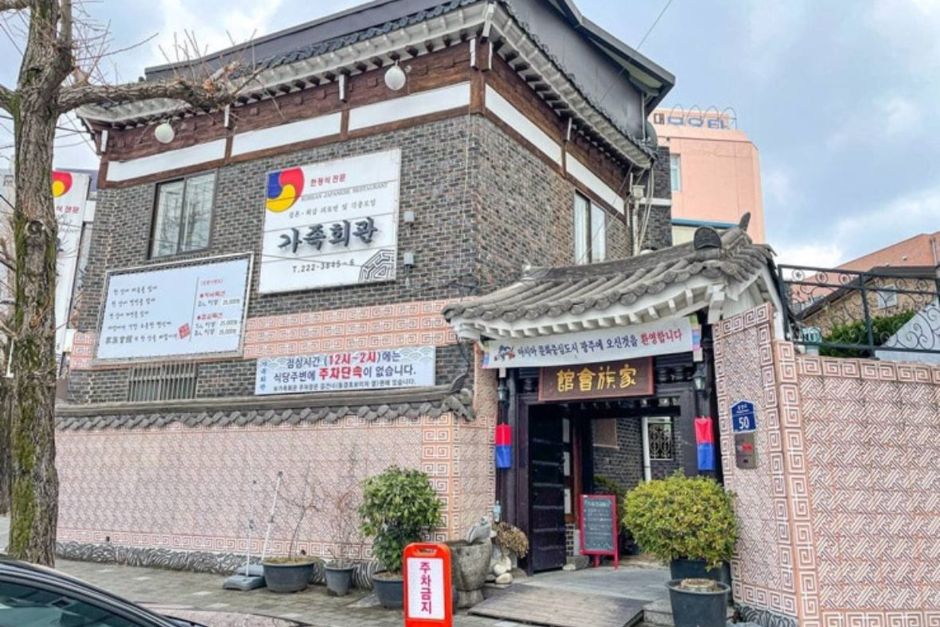
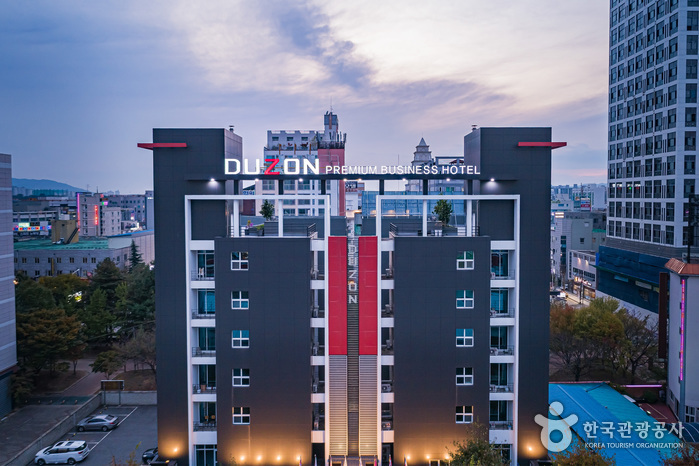
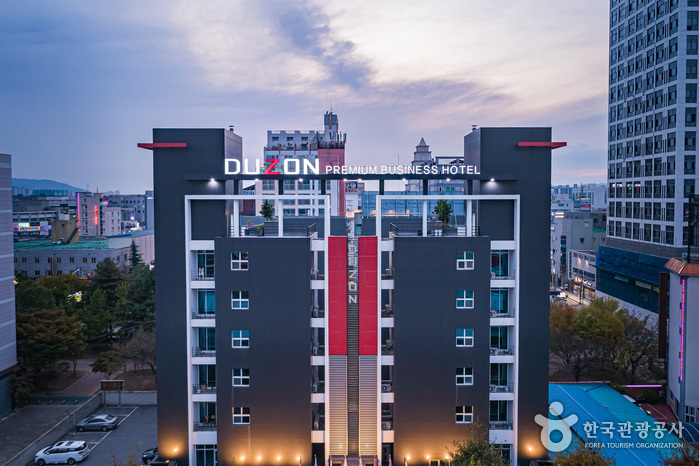
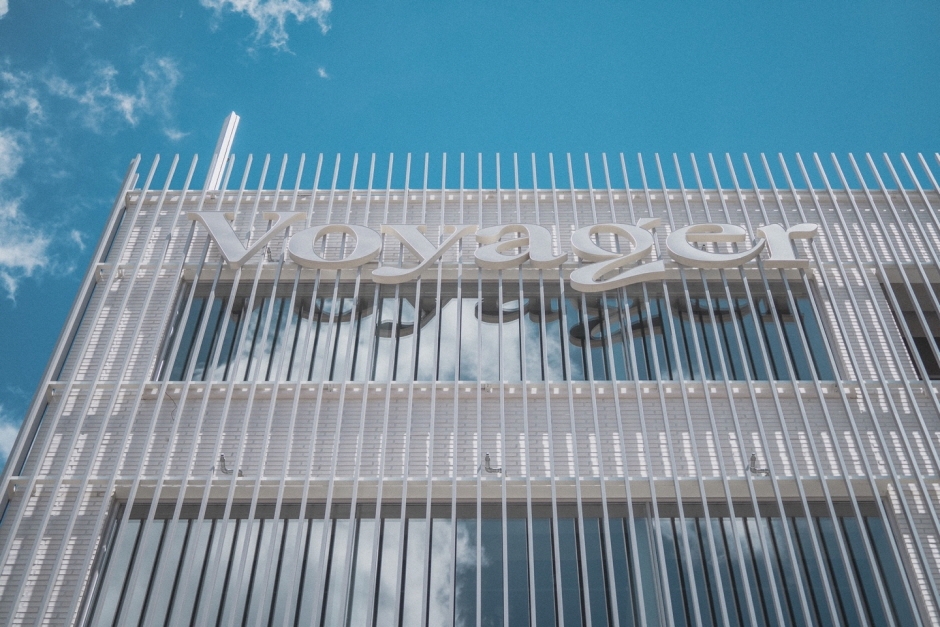
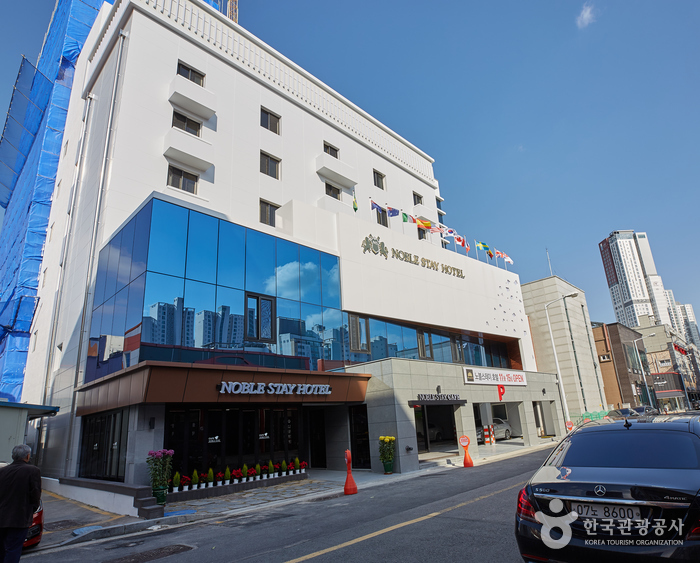
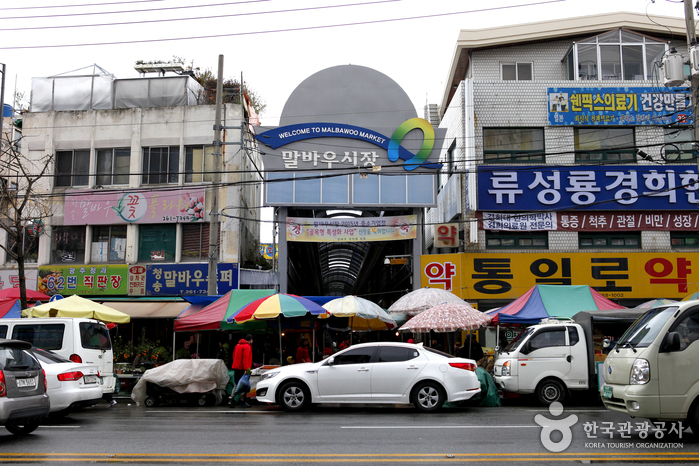
![BANANA HOTEL [Korea Quality] / 바나나호텔 [한국관광 품질인증]](http://tong.visitkorea.or.kr/cms/resource/63/2578163_image2_1.jpg)
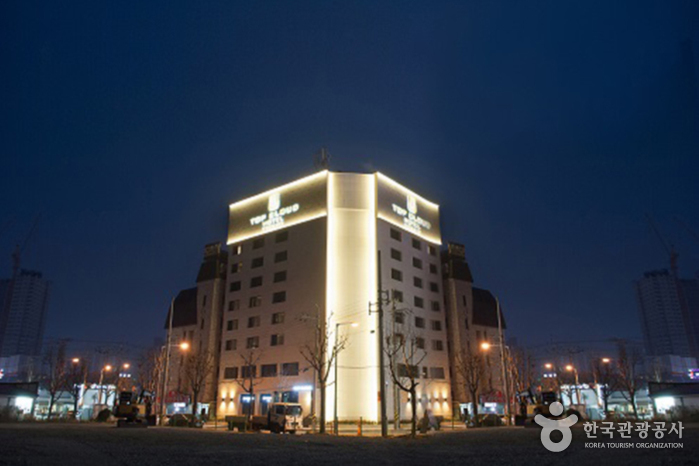
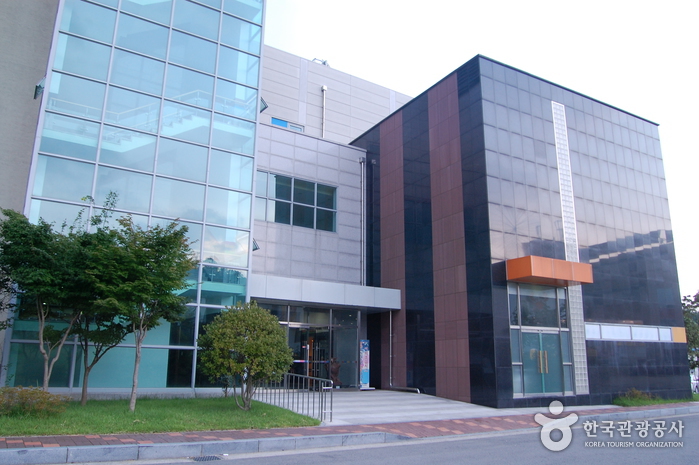
![Hotel the Spot [Korea Quality] / 호텔더스팟[한국관광 품질인증/Korea Quality]](http://tong.visitkorea.or.kr/cms/resource/77/2651577_image2_1.jpg)
 English
English
 한국어
한국어 日本語
日本語 中文(简体)
中文(简体) Deutsch
Deutsch Français
Français Español
Español Русский
Русский